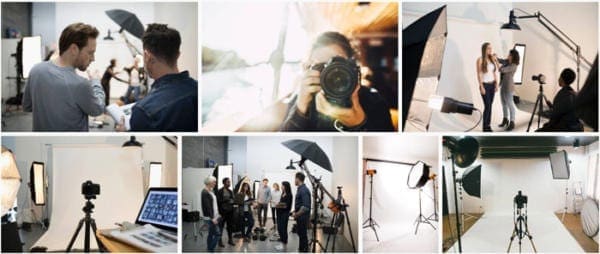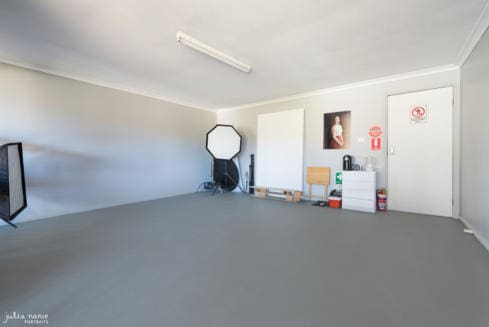The Downfall of Stock Photography for small business
 Stock Photography
Stock Photography
It is one of those things that can be so convenient. There are so many stock photography libraries out there. If you’re out of the loop, photographers shoot and upload their work into these libraries, and they can be purchased with various licenses for others to use.
It is common for stock photography to be used to accompany articles, or on brochures and marketing material. While it can be incredibly easy to access this photography, it is not always the best imagery to use for your business. Especially when it comes to portraying your team or your workplace.
The Negatives:
 Stock photography ultimately comes off as inauthentic. It is much harder to feel a connection to a stock photograph.
Stock photography ultimately comes off as inauthentic. It is much harder to feel a connection to a stock photograph.
When a company or person uses a stock photograph on their About or Team page(s), we can not relate to who they are. It makes it hard to know who to expect when we meet them in person, or when we talk to them on the phone.
In fact it can sometimes make us question if they are even a real business, or if their service is authentic. Are they trying to look like a big team with a fancy office?
You see, there is nothing wrong with not having a big team, or with only being a team of one. There is nothing wrong with working from home. But using a stock photograph to deceive can really break a client’s trust.

Relationships are built on trust. It is important to be seen as authentic, relatable and trustworthy. This can all come across in your personal brand. An easy solution is to update and invest in personal branding or corporate headshot photography of you and/or your team. It goes for your premises too. Even if you work from home, a nicely composed photograph of your office can go a long way and make meaningful connections. Clients can connect and relate to a home office – but perhaps not so much to a contemporary New York warehouse office.
By avoiding stock photography you can become more familiar, relatable, and trustworthy.
Take an example:

As a photographer, I have a lot of photos of myself and my studio.
You’ll see on my About page that I have some photographs of me there. You can also see on my studio page that I have photographs of the inside and outside of my studio.
When my clients meet me, they should have some expectation of who I am, what to expect, and what my studio is like – given they have looked at my website.
Let’s consider if I didn’t have these photographs on my site, and instead used stock photographs.
You’ll see here some stock photographs that popped up in the search results on Shutterstock when searching for ‘photographer’. Particularly in my field, all my work is of course face-to-face. Clients have to meet me when we shoot, and so it is important to stay authentic and honest with my headshot.
Yes, that means using a photograph of myself, and keeping it up to date and recognisable.
This also applies to my studio. How easy is it to search ‘photographic studio’ and chuck a stock image up on my website? Sure, customers will see the image and relate it back to me being a photographer, but when they arrive it will be nothing like the stock photograph shows. Doing so comes off as dishonest, and I think it would make some people a little uncomfortable when they arrive to a completely different studio.

So rather than stock photography, I have used photographs of myself and photographs of my actual studio location. My clients know what to expect and aren’t mislead when they arrive.






Applying this to other businesses:
While this relates to my example of me, it is not uncommon for people to use stock photographs of office executives. Corporate stock photography is a pretty saturated search term. Have a look at some of the search results on Shutterstock that came up for ‘corporate headshot’:

Using one of these images, while they have been taken professionally, is misleading. So when a client meets you it automatically creates a sense of distrust.
Even if you don’t work with clients face to face, using a distinctive stock photograph comes off as inauthentic. It can look a little cheap and cheesy.
Remember, your headshot can be used across a range of media: your email icon, facebook, linkedin, marketing materials. If you wouldn’t use a stock photograph as a profile photo on Linkedin or your email, perhaps you shouldn’t use it on your website.
Do you need professional photos for your business?
I offer a range of corporate headshots and personal branding photography packages. You can book your session online, or contact me to find out more information.
Corporate Headshots & Branding | Actor Headshots | Staff Headshots | Family Portraits
Book Online | Gallery | About | Contact | Studio | FAQs | Ts&Cs | Privacy Policy
